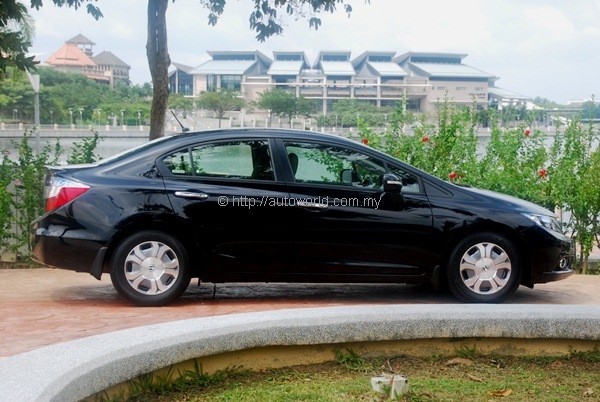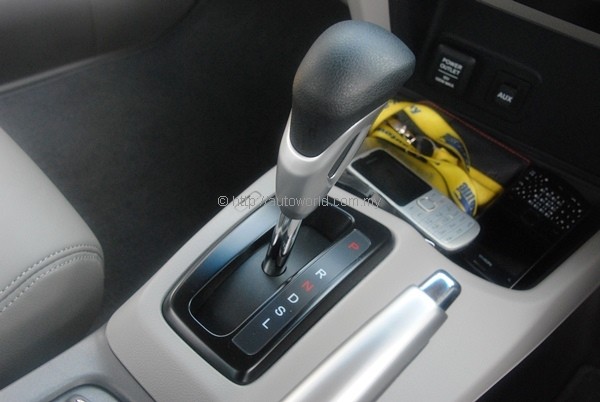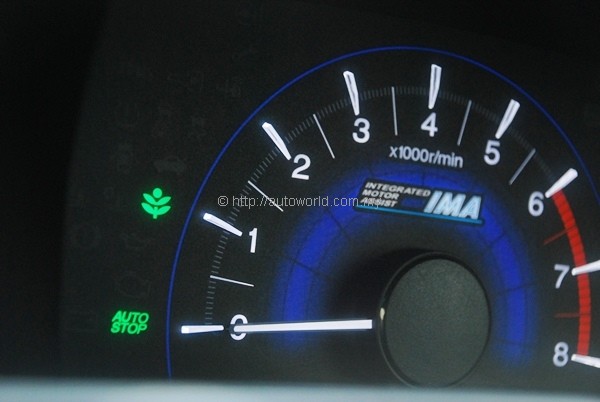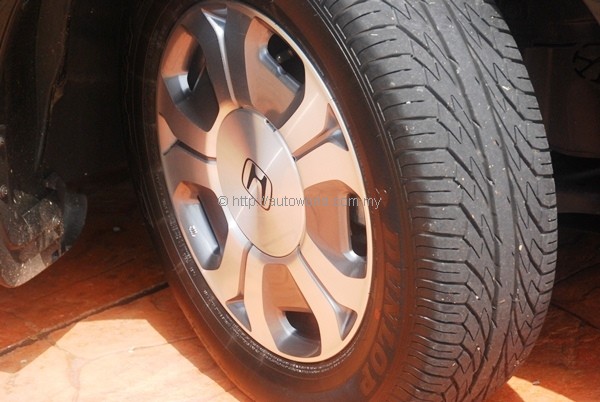Honda Civic Hybrid Test Drive Review
Government incentives have made buying hybrids a particularly enticing prospect these days, with Toyota and Honda notably taking full advantage offering Malaysians a very comprehensive range of hybrid vehicles in their respective line-ups. The Civic Hybrid was one of several models that benefited from the Government’s policies – its price going down from RM162,800 at launch to RM129,980, and then down again to RM108,980 in the space of three years.
That was the story of its discontinued predecessor, and with the new ninth-generation Civic FB in town, along comes a new Civic Hybrid to go with it. Tax breaks are still in place, and as a result, the fully-imported Civic Hybrid is priced very attractively at RM119,980 – a mere RM4,000 up from the locally-assembled Civic 1.8, but with equipment count to match the more expensive 2.0-litre models that both sit north of RM130k.
 |
| The Civic’s familiar silhouette. |
Still on the topic of price, you would notice that the Civic Hybrid costs a full RM11k more than its predecessor, the biggest jump amongst all the Civic variants. But whilst the 1.8 and 2.0 continue to return similar outputs to their respective predecessors, the Civic Hybrid gains an additional 200cc in the combustion half of its IMA hybrid powertrain and a more advanced lithium-ion battery that houses a bigger charge (33% more) in a smaller assembly (9kg lighter).
The Civic Hybrid’s powertrain is a familiar one from the CR-Z but notably revised to a milder state of tune. Combining the City’s 1.5-litre SOHC i-VTEC engine with a parallel hybrid system, Honda quotes combined outputs of 110hp @ 5,500rpm and 172Nm @ 1,000 – 3,500rpm – figures that comfortably match naturally aspirated 1.8-litre petrol engines. We would love to have the CR-Z’s slick-shifting 6-speed manual in the package as well, but in deference to prevailing buyer tastes, CVT will have to do.
 |
| CVT. The CR-Z’s 6-speed manual here would have been an interesting prospect. |
In any case, Honda’s engine and transmission combo of choice was surprisingly lively for a setup that supposedly symbolizes eco-friendliness. Amazingly eager to rev with a strong mid-range to boot, the Civic Hybrid’s brisk straight performance was a very pleasant surprise indeed. Whilst its power delivery is smooth and linear, the ever-present availability of boost from the electric motor helps to provide a very instantaneous throttle response. The extra 33% charge capacity of its new lithium-ion battery helped, minimizing occasions of a dry battery considerably.
As you would undoubtedly expect of such a vehicle, the Civic Hybrid is equipped with an Auto Stop function which deactivates the engine on idling. The system’s operation is smooth, but not unobtrusive with gentle vibrations reverberating around the cabin at restart. We don’t have any particular complaint on its execution, but Honda might want to tweak the parameters that spring the system into action to be less sensitive.
 |
| Engine auto stop works smoothly enough, but deactivates too often at times. |
Honda programmed the Auto Stop to kill the engine below a certain speed before the vehicle comes to a full stop. In theory, this brings about marginal improvement in fuel economy, but in stop-and-go traffic, it resulted in too many occasions where the engine gets shut down only to be restarted in the next second. Although overall operation is smooth, one might speculate that cumulative wear-and-tear effects of the engine’s increased number of restarting cycles would be quite substantial.
The Civic Hybrid’s ride and handling competence matches that of its petrol-engined siblings. Although the Civic’s dynamics are no-longer best-in-class, the basic ingredients that made the eighth-gen model good are still present and improved, even if increments are marginal. Outright grip is compromised with the use of low rolling resistance tyres, but that can be easily fixed at your nearest tyre shop. What’s more important to note is that there is an adequately balanced chassis to exploit for enthusiastic driving and ride comfort remains decent for family applications.
 |
| Aerodynamic rims with low-rolling resistance tyres. |
Appearance-wise, the Civic Hybrid has a number of external design cues that differentiate it from its petrol brethren, but its interior is largely identical, with the only noticeable difference being a vent to the left of the rear passenger seat to route cool air to the battery. The central i-MID screen has additional status displays for the IMA hybrid system, but layout and operation are identical to the petrol models, so no problems with unfamiliarity to be sure.
Equipment levels are on par with the 2.0S model, and standard kit listed in the brochure include auto headlamps, cruise control, steering-mounted controls, reach-and-rake steering adjust, side airbags, hill start assist, stability control (VSA), ISOFIX mounts, and ABS. As mentioned in our reviews of the petrol Civics, reverse camera would have been welcomed, even as a cost option, considering the Civic’s inherently poor rear visibility.
As a whole, the Civic Hybrid makes a very strong case for itself, thanks to its competitive price and kit count. Its lively engine performance and competent dynamics of the Civic platform add up to a surprisingly positive driving experience. Compared to its petrol-powered siblings, the 2.0 is priced rather steeply and the 1.8 is just missing out on too much kit for our liking. The Civic Hybrid, then, is quite easily the pick of the Civic range.
 |























